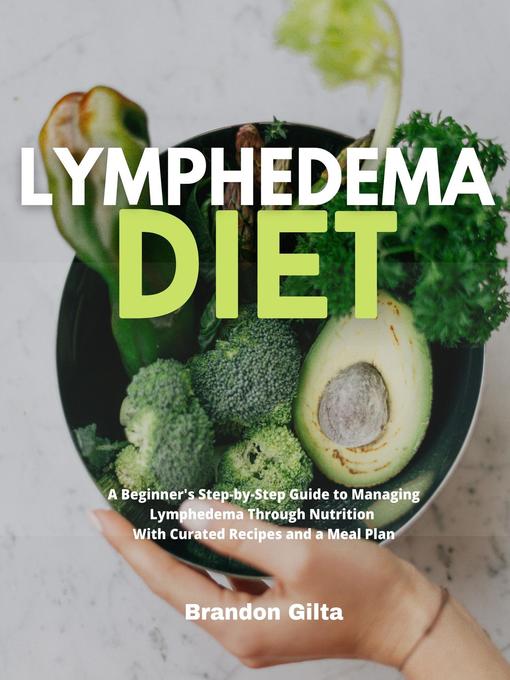Moreover, this disease is also associated with cancer. One out of five women who are breast cancer survivors is most likely to develop lymphedema.
Lymphedema is a disease characterized by the accumulation of lymphatic fluid around the body. It causes swelling in different body parts, making the tissue and skin to change.
It is divided into two categories: (1) primary lymphedema, which is genetic, and (2) secondary lymphedema, which can be resulted from injury, insult, or blockade to the lymphatic system.
Generally, the symptoms of lymphedema include extreme edema, scaly and thick skin with bumps and blisters, and fluid leaks.
Lymphedema is a developing disease and occurs in four stages: latency, spontaneous, spontaneously irreversible, lymphatic elephantiasis.
The diagnosis and treatment of lymphedema is an intricate process. And patients should first seek the advice of a primary healthcare provider to assess the perfect steps in treating lymphedema.
However, it is known that there is no cure for this disease, and the treatment goes on for the rest of your life. Throughout the treatment, the patients are advised to learn the basics of infection prevention, self MLD, compression garments use, exercise, and weight control.
To help possible lymphedema patients, this guide will show you the "weight control" aspect of patient education.

